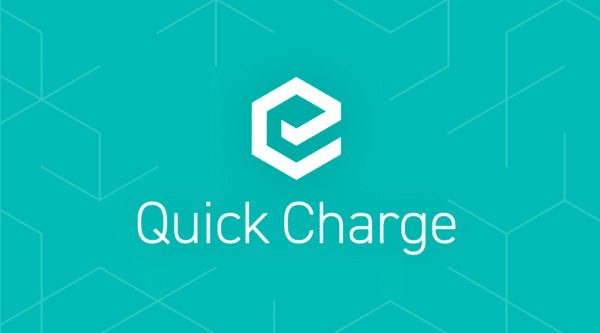Driving Fleet Electrification with Renewable Energy
In late 2024, Electrada and Duke Energy launched an innovative electrification center for commercial fleets: the Duke Energy + Electrada Fleet Mobility Microgrid. Located at Duke’s Mount Holly, NC, facility, this cutting-edge system delivers zero-emissions, carbon-free electric fleet charging through a combination of renewable fleet energy including solar power, battery storage, and hydrogen. With six fleet charging stations and two Level 2 chargers, the microgrid can power everything from Class 1 pickups to Class 8 haulers.
This project reflects a growing trend among fleet operators: leveraging on-site, self-generated renewable fleet energy resources to cut costs and reduce carbon footprints. Below, we explore the benefits of integrating renewable energy with electric vehicle (EV) charging infrastructure.
Powering EVs with Renewable Fleet Energy
Modern solar panel technology is more than capable of meeting the demands of electric fleet charging. A trusted solar provider can help determine how many panels you need and where they should be installed—on the depot roof, at individual charging stations, or as a ground-mounted array if space allows.
Charging fleets with solar power provides several advantages. First, on-site solar reduces reliance on the grid, which typically depends on fossil fuels. By tapping into a clean, zero-emissions renewable fleet energy source, fleets dramatically shrink their carbon footprints.
Second, generating solar power on-site reduces overall demand for grid electricity, which in turn may speed up interconnection times. If a utility must upgrade transformers or substations to accommodate a high load, it can cause major delays. Having solar on the premises offsets part of that demand.
Finally, any excess solar energy that isn’t used for charging can often be fed back into the grid, helping offset your depot’s electricity costs during peak-rate periods.

Energy Storage Systems Provide Resilience
Battery energy storage systems can supercharge the impact of on-site renewable fleet energy, such as solar. By storing surplus solar power during peak sunlight hours, fleets maintain a reliable, around-the-clock energy supply—even when the sun isn’t shining.
Additionally, energy storage systems may participate in utility demand-response programs, easing strain on the grid during high-demand periods. Fleet operators can often capitalize on these programs to further manage and reduce overall energy costs.
Optimization Through Smart Technology
Smart technologies, including artificial intelligence algorithms and data analytics, simplify and optimize the management of renewable fleet energy at EV depots. Intelligent charging software can schedule charging during times of peak solar production or lower electricity rates. It can also decide when to draw from the battery, the grid, or a combination of the two, to minimize costs.
In tandem, advanced software controls can balance energy flow among solar panels, storage systems, and EV chargers in real time. This ensures your charging operations run efficiently while trimming energy waste.
A Charging-as-a-Service Provider Brings It All Together
A Charging-as-a-Service (CaaS) provider can streamline charging operations, whether you rely on grid power, on-site renewables, or a hybrid model. These providers design infrastructure plans tailored to your specific fleet, recommending top-tier EV supply equipment (EVSE) and setting optimal charging schedules.
They also collaborate with your renewable fleet energy providers or existing clean energy systems to ensure a seamless, cost-effective transition to electric. In the case of the Duke Energy + Electrada Fleet Mobility Microgrid, Electrada’s 360 CaaS provided the capital and guaranteed 99% uptime—giving fleet operators peace of mind that their trucks would always be ready to roll.
Ready to Energize Your Fleet?
To learn more about how on-site renewable fleet energy, battery storage, and smart technologies can reduce total cost of ownership (TCO) and accelerate your fleet’s transition to electric vehicles, get in touch.



